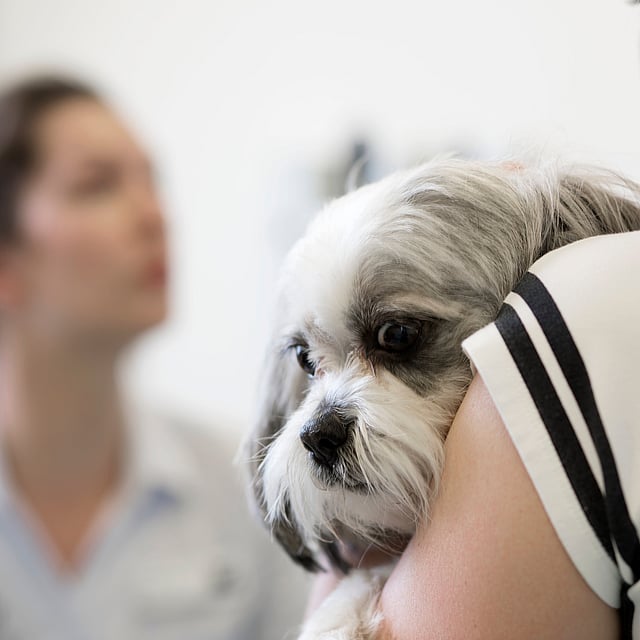What is an endoscope?
An endoscope consists of a rigid or flexible tube with a camera and light source attached at one end. Power and data transmission cables run in this extension. There is usually an additional channel for irrigation fluid or for aspirating body fluids. A small forceps or scissors to take biopsies can also be passed through a working channel. The head of the endoscope can usually be moved by remote control. The endoscope is connected to a monitor to which the camera images are transmitted in real time.
What is endoscopy used for?
An endoscope can be used to examine, for example, the abdominal cavity, the stomach or joints. Other words are used depending on the organ being examined: thus, bronchoscopy is examination of the airways (windpipe, bronchi), laparoscopy is endoscopy of the abdominal cavity and arthroscopy is examination of joints. The name shows which organ is being examined. Naturally, the size and design of the endoscope must be appropriate to the examined organ and animal species.
In many cases, endoscopy can make it easier to diagnose certain diseases. This investigation method makes body cavities accessible that would be otherwise difficult or impossible to reach. If one wished to examine the abdominal cavity more closely, it would otherwise have to be opened in an operation. Only small openings are necessary with the endoscope, the risk of infection is minimised and there are usually no problems with wound healing. This method is therefore also described as “minimally invasive”.
If a certain disease is suspected, tissue material or swabs are also needed, which can be examined for disease pathogens or degenerate cells (tumour tissue). Endoscopy is also suitable for obtaining these samples. Endoscopy can be used in treatment, e.g., to wash out the endoscoped organ. This can be useful for joint diseases. There is now also an increasing number of operations that can be performed through an endoscope.
Endoscopy procedure
Endoscopies in dogs are performed under general anaesthetic. For bronchoscopy the endoscope is advanced through the windpipe as far as the bronchi. The mucous membrane of the airways is assessed and any foreign bodies causing a cough or colonisation with disease germs may be visible. Small instruments can now be introduced through the endoscope’s working channel to remove foreign bodies or take biopsies. Irrigation of the airways is also possible, and this is termed lavage.
For arthroscopy, the joint must be prepared as for an operation: it is clipped and shaved, disinfected, and the endoscope is then introduced through a small incision. This enables the joint cartilage, ligaments etc. to be examined, and the joint can be irrigated or a biopsy can be taken.
Due to the camera which shows images in real time and the additional light source, changes can be seen through endoscopy that are not visible using ultrasound or X-ray.
© AniCura
